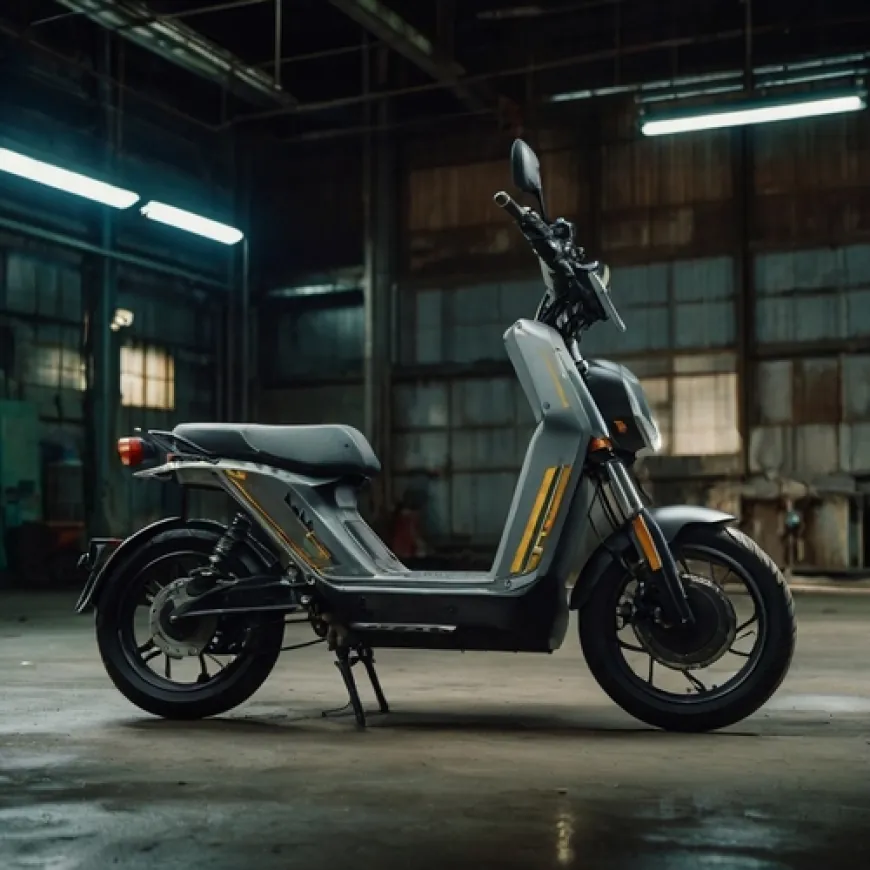The Future of the Indonesia Electric Two-Wheeler Market by 2031
The Indonesia Electric Two-Wheeler Market is on a transformative path as the nation aims to reduce emissions and enhance sustainable transportation

The Indonesia Electric Two-Wheeler Market is on a transformative path as the nation aims to reduce emissions and enhance sustainable transportation. With urban congestion and pollution on the rise, electric two-wheelers have emerged as a promising solution to these pressing issues. By 2031, the market is expected to witness substantial growth, driven by government initiatives, technological advancements, and shifting consumer preferences toward cleaner mobility options.

Key Drivers of Market Growth
One of the main catalysts for the growth of electric two-wheelers in Indonesia is the government's push for electrification. Indonesia has set ambitious goals to reduce its greenhouse gas emissions and curb reliance on fossil fuels. To this end, it has implemented a range of policies, including subsidies for electric vehicle (EV) purchases and investment in EV infrastructure. These initiatives are designed to encourage both manufacturers and consumers to embrace electric mobility.
Another key factor fueling the market is the rising cost of traditional fuel. As fuel prices fluctuate, consumers are increasingly considering cost-effective alternatives. Electric two-wheelers, which are cheaper to run and maintain, offer an attractive option. Additionally, advancements in battery technology have extended the range and reduced charging times for electric bikes, further boosting their appeal.
Emerging Trends in the Electric Two-Wheeler Market
Several trends are shaping the future of the Indonesia electric two-wheeler market. Firstly, shared mobility solutions are gaining traction. Startups and established companies are introducing electric scooters for short-distance travel, especially in urban areas where traffic congestion is high. This trend is not only eco-friendly but also offers a practical solution for last-mile connectivity.
Secondly, battery-swapping infrastructure is expected to play a critical role in the market's growth. Given the limited charging infrastructure in Indonesia, battery-swapping stations provide a convenient alternative for electric two-wheeler users, allowing them to replace drained batteries with fully charged ones in minutes. Companies are already exploring partnerships to expand this network across the country.
Challenges Ahead
While the market holds promise, it also faces significant challenges. One of the main obstacles is the limited charging infrastructure. Although the government is investing in EV charging stations, the network is still in its early stages, particularly outside major cities. This infrastructure gap could hinder adoption rates among consumers who require reliable access to charging facilities.
Moreover, high upfront costs remain a concern. Electric two-wheelers are generally more expensive than traditional motorcycles, which can deter budget-conscious consumers. While government subsidies can offset these costs, continued efforts are needed to make electric options more affordable and accessible.
The Road to 2031
Looking ahead, the Indonesia electric two-wheeler market is likely to grow as consumer awareness about environmental issues and the benefits of electric vehicles increases. Collaborations between the government and private sector will be essential to accelerate infrastructure development and incentivize adoption. By addressing existing challenges and leveraging emerging technologies, Indonesia can pave the way for a cleaner, more sustainable transportation future by 2031.












